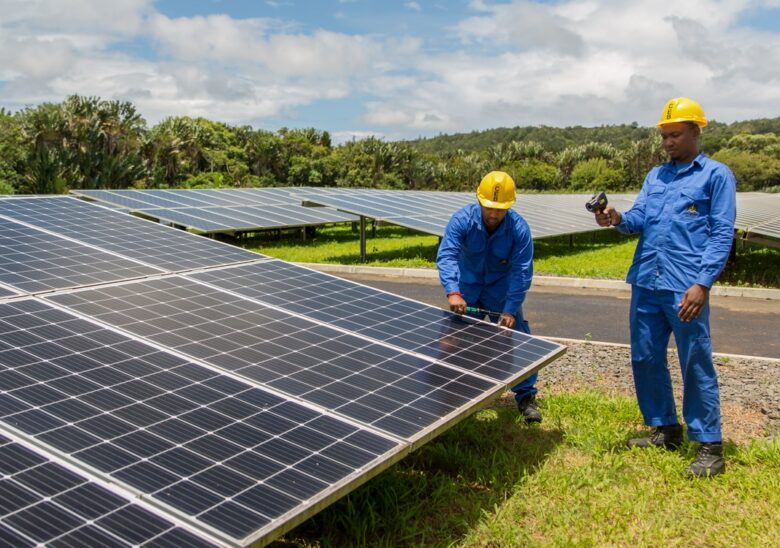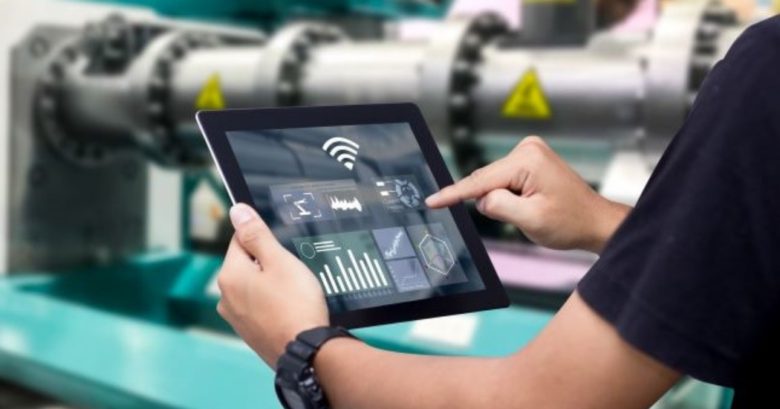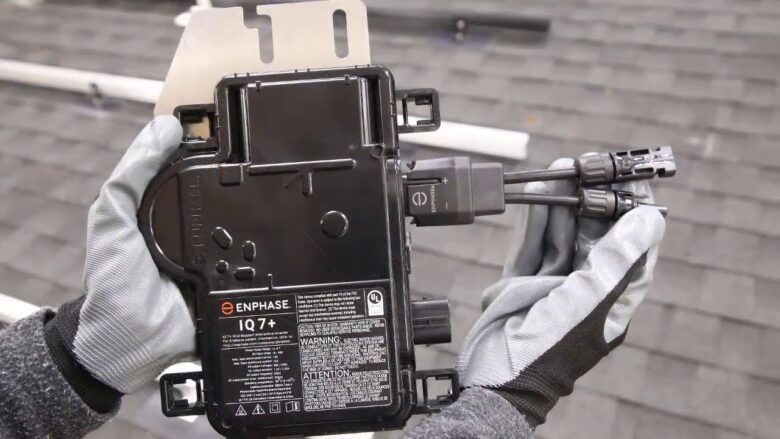Due to the advantages they provide for the environment and the possible savings they offer, renewable energy systems, such as solar photovoltaic (PV) installations, have become increasingly popular in recent years. The inverter, which transforms the direct current (DC) generated by solar panels into alternating current (AC), is a key component of these systems and is used to power homes and businesses. While conventional string inverters have long been the standard in the industry, the introduction of micro inverters has brought about a number of benefits that make them a desirable option for renewable energy systems. In this post, we’ll examine the benefits of employing microinverters and how they contribute to the efficiency and dependability of renewable energy systems to the fullest.

Source: undp.org
Contents
1. Enhancing Energy Harvesting
The ability of microinverters to maximize energy harvesting in solar PV systems is one of their key features. The performance of each individual panel is based on the string’s lowest performing panel because conventional string inverters are made to maximize the output of a complete string of solar panels. On the other hand, because microinverters are put separately on each panel, independent optimization and control are possible. With this setup, the performance of the entire system is kept from being adversely impacted by shading, soiling, or any other panel-specific issues. As a result, as compared to string inverters, micro inverters can increase a solar array’s energy yield by up to 25%.
2. Improved System Maintenance and Monitoring
Advanced monitoring features provided by microinverters make it possible to track and analyze the performance of each individual panel in real-time. Finding the particular panel responsible for a decrease in system output using a string inverter might be difficult. On the other hand, microinverters offer panel-level data, enabling rapid diagnosis and troubleshooting of any underperforming or broken panels. This fine-grained monitoring capability makes system upkeep easier and decreases downtime, which ultimately boosts system productivity and increases return on investment.

Source: empoweringpumps.com
3. Enhanced Security and Flexibility
Compared to string inverters, micro inverters provide a higher level of safety. Traditional string inverter systems connect the entire solar array in series, which results in the wiring carrying the full string’s DC voltage. During construction, upkeep, and firefighting operations, this high-voltage DC wire may pose safety risks. Contrarily, microinverters convert DC electricity to AC power at the panel level, lowering the overall system voltage to a safe level. By reducing the chance of electric shock, this design also makes it simpler to follow safety standards.
Microinverters also offer greater design and extension options for systems. String inverters make it challenging to gradually extend the system since the performance of the array as a whole is impacted by the performance of the weakest panel. Since each panel operates separately, microinverters enable gradual system expansion. For installations with shade, intricate roof designs, or future system extension plans, this adaptability is especially advantageous.
4. Increased Durability and Reliability
In renewable energy systems, microinverters provide greater dependability and durability. In conventional string inverter systems, the performance of the entire array can be impacted by a single point of failure. By splitting up the conversion process among several components, microinverters do away with this weakness. The system’s other panels can keep working at their peak efficiency even if one microinverter malfunctions.
Furthermore, microinverters like Enphase Microinverters are often built with robust parts and cutting-edge cooling systems, ensuring continued operation under a variety of environmental circumstances. Due to their robustness, microinverters are a great option for installations in difficult environments where temperature swings and severe weather are frequent.

Source: youtube.com
5. Improved system performance and output
Microinverters increase system efficiency by individually enhancing the performance of each panel. Solar microinverters have considerably increased system output and performance, altering the way solar photovoltaic (PV) systems work.The ability of solar microinverters to reduce the impacts of partial shadowing or panel mismatch is one of their main advantages. In a string inverter system, the output is compromised if even one shaded or underperforming panel is present. However, each panel works independently with microinverters, providing maximum power generation even when some panels are shaded or performing poorly. This panel-level optimization guarantees that the system consistently provides the highest output feasible, increasing the amount of energy produced.
Additionally, improved monitoring and diagnostic capabilities are provided by solar microinverters. Since each microinverter has built-in monitoring, it is possible to gather data on the performance of specific panels in real-time. System owners can quickly spot any problems, such as panel failures or underperforming modules, thanks to this thorough monitoring. Finding the precise location of the issue makes it simpler to address it promptly, reducing system downtime and improving overall performance.
Microinverters’ adaptability in system design and extension is another benefit. Microinverters enable a more modular design than string inverters, which need panels to be wired in series. The ability to put panels in various orientations or on various roof portions allows for maximum energy generation and sun exposure. Without the restrictions of string inverter arrangements, it is also simpler to expand the system by simply adding more panels with microinverters.
Microinverters for solar energy also raise system security. Traditional string inverters combine and transform DC voltage from several panels into AC power at a single site. Safety issues may arise from this high DC voltage, especially when doing maintenance or fighting fires. Contrarily, because microinverters operate at low DC voltages, there is a lower chance of electric shock and the system is safer to use.
Microinverters also improve the overall dependability of the system. The distributed architecture of the microinverters makes sure that the system will still function independently even if one microinverter fails. If one of the inverters in a string inverter system fails, the system as a whole may shut down. The system is more resilient with microinverters, reducing the effects of component failures and boosting the system’s overall reliability.
Solar microinverters have many advantages that improve system output and performance. Microinverters are a favored option for solar PV installations because of the panel-level optimization, enhanced monitoring capabilities, design flexibility, higher safety, and system dependability. Microinverters are essential for increasing the performance and output of solar systems, which eventually helps to fuel the expansion of the renewable energy sector as solar energy demand rises.
